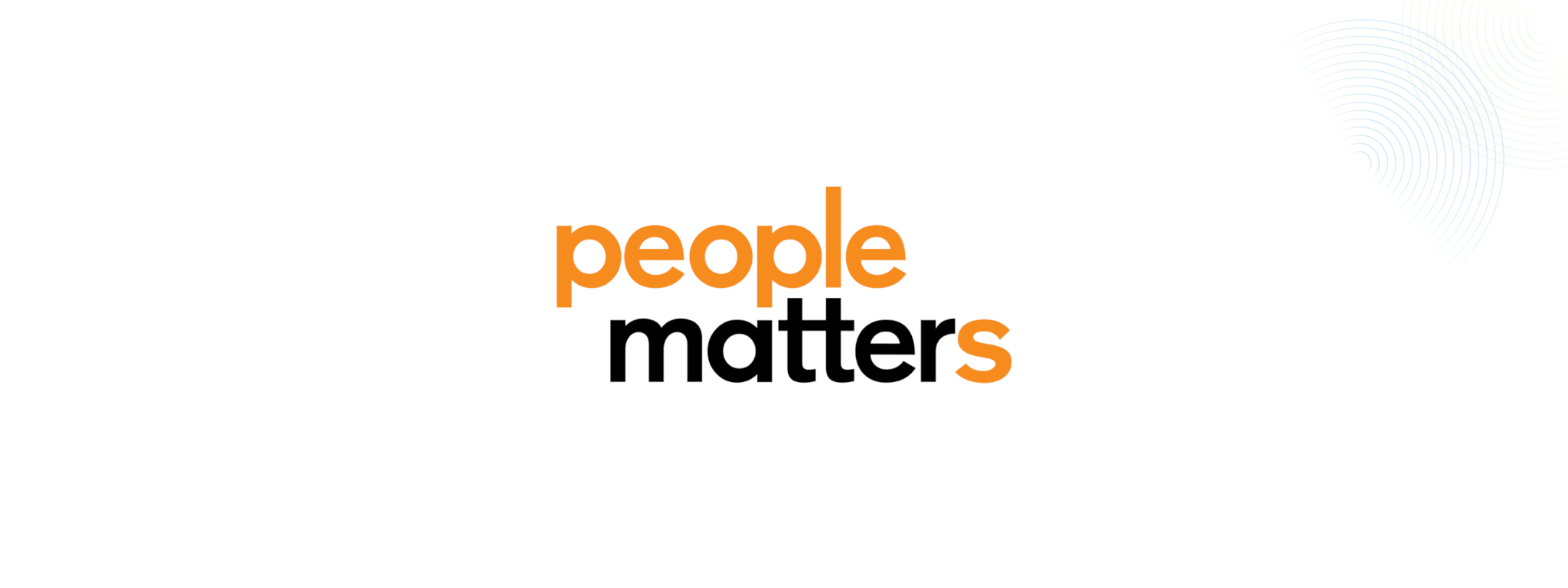Finding the right people to join your organisation is a crucial step in building teams and growing the business. Recruiting is, indeed, time-consuming, but is also prone to a lot of errors. While there’s no way to foolproof recruitment, there are ways to avoid such mistakes.
In an interaction with People Matters, Mili Panicker, AVP – HR & People Operations at marketing automation and customer data platform WebEngage, shares insights on how recruiters can ensure better decision-making and maximise their chances of recruiting efficiently.
Why do you think recruiting continues to remain a challenge even today?
Recruiting is an important process for companies and job seekers alike. Especially with hybrid and work from home opportunities, recruiters today have access to a global talent pool and vice-versa.
However, recruiting is not as easy a task as it sounds and has often gone wrong, leading to issues such as employee dissatisfaction for the new recruits. Whereas, for the companies, statistics suggest that hiring the wrong person can cost up to 30% of an employee’s annual package in addition to the cost of recruitment and onboarding.
And the vacant positions continue to remain a challenge for recruiters.
How should recruiters approach the process of recruiting?
Recruitment is never going to be easy, however, it can be done with ease. Having a recruitment workflow is the best way to approach the process.
A lack of recruitment workflow can lead to hiring the wrong people for different teams, and sometimes also lead to drop-offs of the best of talent in the pipeline. The idea here is to involve the key stakeholders in the role and let them gauge the right fit.
For instance, a standard template for recruitment workflow can be:
-Publishing the opening
-Shortlisting people through different sources
-HR screening
-Assignment/case studies
-Interview Rounds
-Salary discussion, and so on.
How can recruiters maximise their chances of recruiting efficiently?
Not having the clarity of role, leading to a poorly defined or outdated job description, is the most common mistake that can affect the efficiency of the process. The reason for this is that most companies prioritise speed over quality while recruiting.
Once the urgency to fill in the positions is understood, HRs must keep in mind that they’re starting the search with a defined persona of an ideal candidate. A balance between speed and quality in the hiring process can maximise the efficiency of the recruiting process.
As industries/ companies are advancing, job roles and requirements are changing. Therefore preparing a detailed job description becomes critical. A well defined updated job description should lay out job responsibilities, must-have/good-to-have skills, and knowledge set, and also identifying the core metrics they’d be responsible for or aiding in, needs to be detailed.
We, at WebEngage, have a job description for each and every unique role, which gets reviewed twice in a year.
What are some smart ways of easing the recruitment process?
There certainly are smarter ways of going about it. Recruitment through employee referrals is a very well-proven mechanism and yet, is not leveraged to its strength. Studies show that employee referrals increase the likelihood of a job match by almost 6%. Candidates recruited through employee referrals stay for longer at an organisation, as compared to those hired through job portals.
Creating an employee referral policy can become a great reward system to involve and motivate your employees to spread the word.
At WebEngage, candidates who have accepted our offers and are yet to join us, are also part of the referral programme and get rewarded the same way as our employees.
There is a lot of buzz on candidate ghosting. What are your views?
Studies found that 77% of job applicants don’t receive any communication from organisations after applying for a role they advertised. This results in frustration and eventually, the candidate ghosting you.
Candidates seeking jobs tend to apply to multiple jobs at the same time, and in such a scenario, constant communication becomes imperative.
The challenge can be addressed adequately today with the smart technology available to automate candidate follow-ups to some extent.
How can recruiters ensure better decision making?
While the decision making depends on a number of factors subjective to individual job roles, there are certain don’ts here that can help with better decision making.
It is not be forgotten that the recruiters are people, who will have a natural tendency to gravitate towards people who are similar to them/resemble a previous experience in any way, leading to biases such as affinity bias, beauty bias, conformity and contrast bias, gender bias, halo or horns bias.
For instance, the candidate has resemblance in terms of looks, belongs to the same college, same town, or shares similar interests. Having such bias can lead to selecting the wrong person or rejecting the suited one.
Furthermore, this poor decision making will also lead to a lack of diversity, and so on.
In order to reach out to the right set of candidates, recruiters should avoid decision making based on biases and assumptions. Instead, a strategic hiring process, leveraging data, and technology can lead to improved decision-making recruiting processes.
– By Mili Panicker, AVP- HR and People Operations






